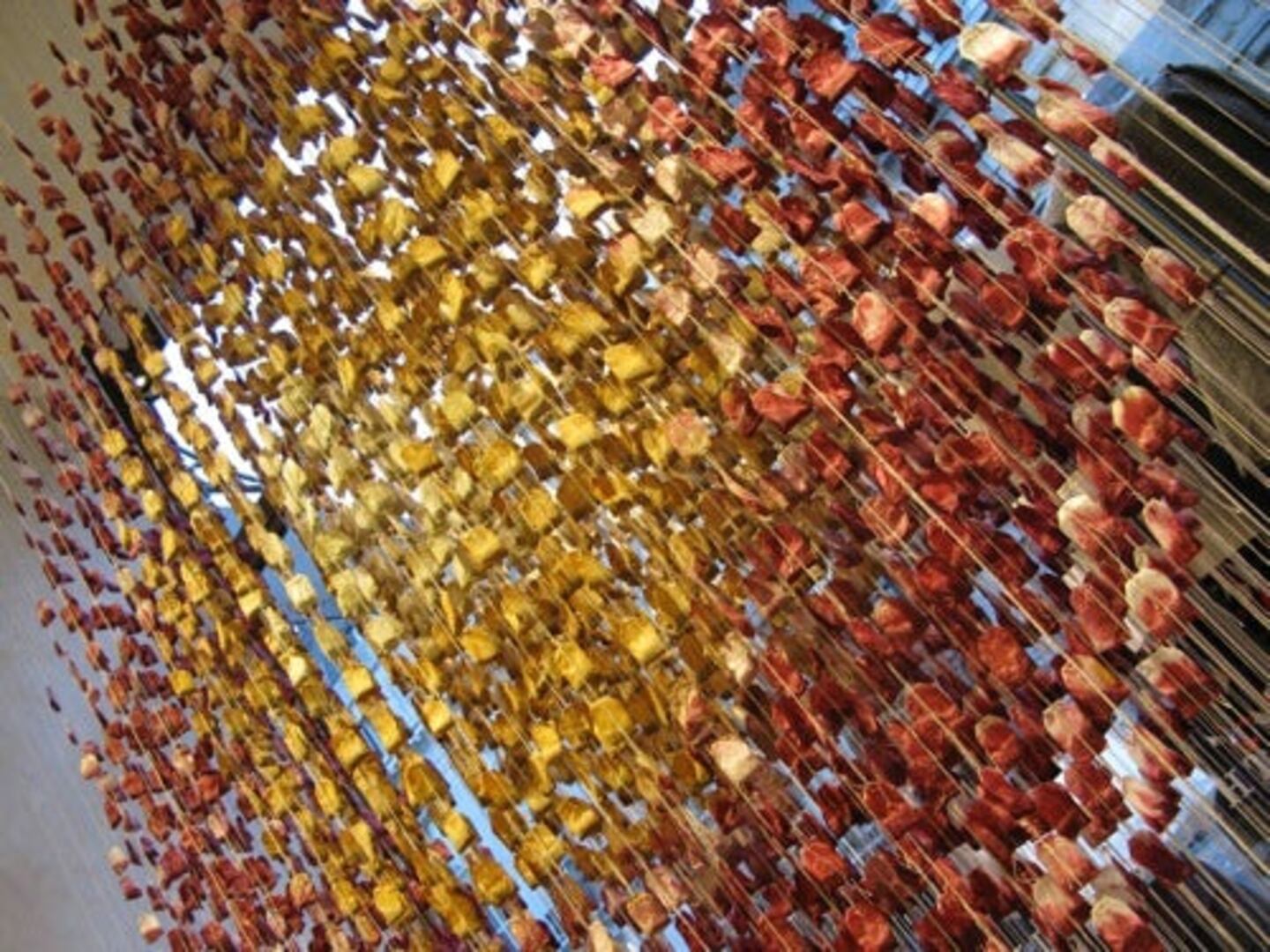
The Business of Fashion
Agenda-setting intelligence, analysis and advice for the global fashion community.

Agenda-setting intelligence, analysis and advice for the global fashion community.

LONDON, United Kingdom — The majority of luxury brands have spent the past fifteen years investing in retail networks in both established and emerging luxury markets. Flagship stores, one more extravagant than the last, were built in Tokyo, New York, Paris, and Beijing. The design directive for these spaces was singular and focused, showcasing exclusive products in an environment which communicated a carefully crafted image to the consumer.
Earlier this year, Net-a-Porter announced a trebling in profits. The success of the online retailer contrasted sharply with poor performances in brick and mortar retail elsewhere. This was just one signal that helped to (finally) drive home the importance of the Internet as a distribution channel for luxury fashion. Business models are quickly being updated to reflect this change, but while fashion plays catch up with consumers’ online buying habits, transformations in consumer expectations of the traditional retail channel have also been swift and pronounced.
Having already invested in hundreds of thousands of square footage of retail space in recent years, it is more important than ever for luxury brands to protect their return on investment. Retail spaces must provide shoppers a compelling reason to leave the house, enter a store, and spend money. So, what is it exactly that will lure customers back to bricks and mortar?
Last month, American retailer Anthropologie opened a store on Regent Street in London — their first in the European market. In its opening week, consumers were invited in with a window display of colourful tea bags strung together like garlands of flowers, quirky chandeliers made from recycled plastics, life-size model sheep draped in heavy yarn and a 20-metre high vertical garden.
ADVERTISEMENT
Having built its reputation on this unique shopping experience, luxury brands can learn a great deal from Anthropologie. By studying customer behaviour and movement patterns, retailers like Anthropologie know that when shoppers enter a new or unfamiliar store, they make a quick, decisive assessment of the merchandise and the surroundings. If something doesn't catch their eye or give them a reason to stay within the first thirty sconds, more often than not, would-be buyers leave empty-handed.
According to Ron Pompei, Founder and Creative Director of Pompei A.D. which advises companies like Anthropologie on experiential design concepts, what consumers are looking for today is inextricably linked to the paradigm shift from brand image to brand culture.
The days in which a brand’s meaning consisted of a carefully crafted image communicated to the consumer are over. Today, consumers are the most active voices in creating brand meaning. They do this by sharing experiences and perceptions via the plethora of wide-reaching communication tools available to them. What is important today is not so much a constructed brand image, but the brand culture that results from this consumer-led exchange.
According to Pompei, “brand culture will effect the design of the retail spaces because brand environments will have to reflect these cultural transformations by moving beyond [commercial] transactions and expressing the evolving values of the brand community. The simplest way to describe this transition is that retail environments will become places for people and the emerging brand culture rather than only places for product.”
Anthropologie is a perfect case-study for this kind of approach. With revenues above $140 million, the brand has enjoyed sustained growth due to its emphasis on store layout and lifestyle merchandising, resulting in an astounding average customer dwell time of eighty-eight minutes.
In an Anthropologie store, emphasis is placed on creating an individual, transformative journey. “Personal discovery and exploration are also important. We respond to this complex value by creating a retail landscape with 'paths of exploration' rather than isles with straight lines and right angles… [the] retail environment is to be explored at the individual direction and pace of each visitor," says Pompei. "In this way when customers select an item it is their own discovery. They have just co-authored the brand and created their own 'Ah' moment.” This is what will distinguish a bricks-and-mortar experience from an online purchase and ultimately make the cash register ring.
For luxury brands, this shift in function of the retail environment will require a new approach to design and visual merchandising. Walking into luxury stores today, consumer interaction with the environment is rigidly regulated and sometimes even intimidating. Straight lines often dictate shoppers’ movements and products are stored behind glass counters or on high shelves. Visual merchandising has been focused on the product, not on the experience of the person in the store. All of these experiential dimensions will have to be rethought.
Luxury retail spaces around the world are uniquely positioned to embrace this new mandate. Having already invested in premium property, existing retail spaces can be designed to evoke emotional responses. Coming out from behind glass counters and inviting consumers to explore and create their own journey should not be a far stretch for those that are ready and willing to leave the one-way communication of brand image behind, enabling shoppers to participate in a creating a new brand culture.
Meeta Roy is a London-based luxury brand consultant.
From analysis of the global fashion and beauty industries to career and personal advice, BoF’s founder and CEO, Imran Amed, will be answering your questions on Sunday, February 18, 2024 during London Fashion Week.
The State of Fashion 2024 breaks down the 10 themes that will define the industry in the year ahead.
Imran Amed reviews the most important fashion stories of the year and shares his predictions on what this means for the industry in 2024.
After three days of inspiring talks, guests closed out BoF’s gathering for big thinkers with a black tie gala followed by an intimate performance from Rita Ora — guest starring Billy Porter.